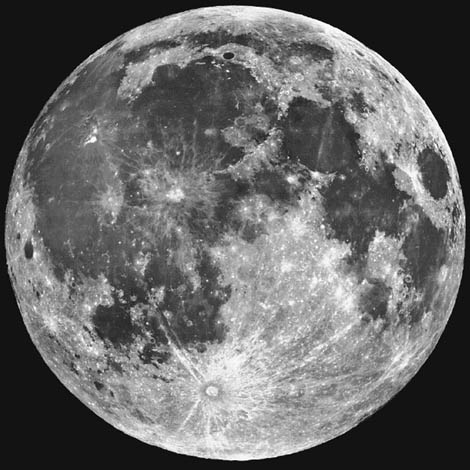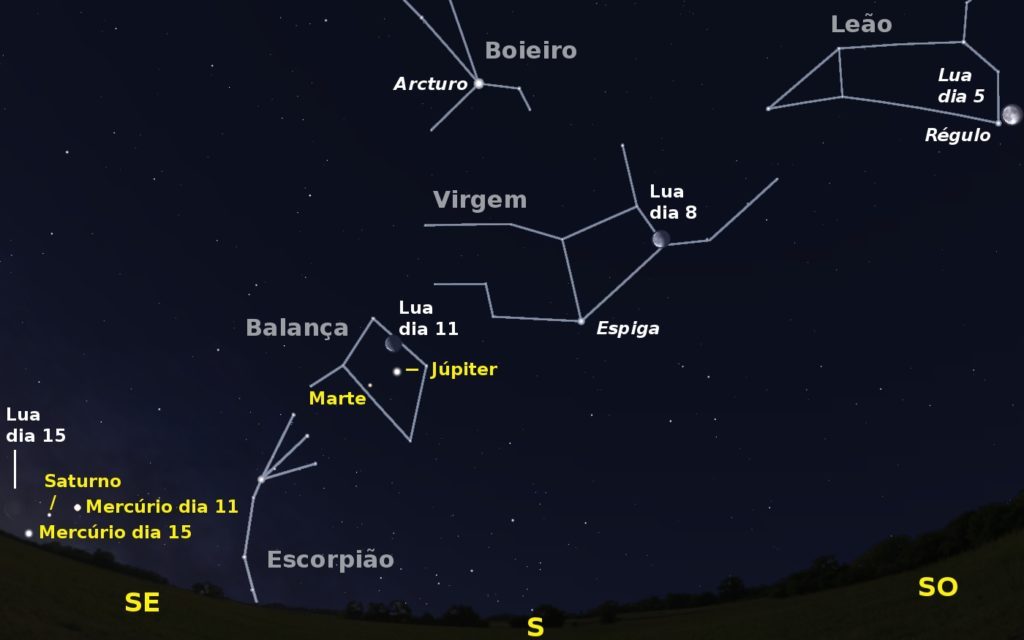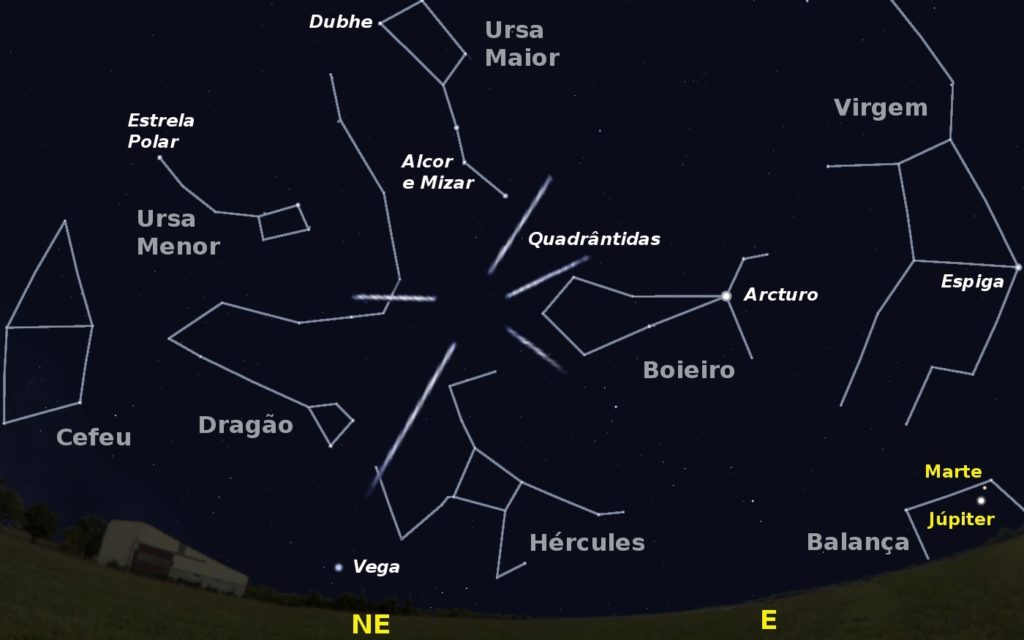 On the first day of the year, the Moon reaches perigee: the closest point in its orbit to Earth. As it happens two and a half hours before the Full Moon (already at dawn on the 2nd), it will appear to be slightly larger (14%) and brighter (30%) than usual: an authentic supermoon.
On the first day of the year, the Moon reaches perigee: the closest point in its orbit to Earth. As it happens two and a half hours before the Full Moon (already at dawn on the 2nd), it will appear to be slightly larger (14%) and brighter (30%) than usual: an authentic supermoon.
Also on January 1st, Mercury reaches its greatest elongation (distance from the Sun) to the west, being a good opportunity to observe it before dawn.
The Moon is not the only star that, these days, has an apparent diameter larger than usual. On day 3, the Earth reaches its perihelion (point of obite closest to the Sun). For this reason, the Sun appears to us 3% larger than when we are close to the aphelion (the point of greatest distance).
This ephemeris coincides with the peak of activity of the Quadrantid meteor shower, meteors that seem to arise from a part of the sky (the radiant one) that belonged to the old constellation Quadrans Muralis (now obsolete).
Normally, at the peak of Quadrantid activity, a few dozen meteors per hour are to be expected, but this year the presence of the Moon will substantially decrease the number of observable meteors.
At the end of dawn on the 5th, the Moon will be located next to Régulo, the heart of the constellation Leo. At the end of the last quarter (on the 8th), the Moon will be seen next to the constellation of Virgo.
At dawn on the 11th, the Moon will visit planets Jupiter and Mars, and four mornings later we will find it at the foot of the planets Saturn and Mercury. Note that at the end of the morning of the 13th, the separation between these two planets will be only 0.7° (about one and a half times the diameter of the Moon)
The New Moon will be on the 17th, close to the Sun (as happens in any New Moon) and Venus, a planet that will not be visible this month because it is in a direction very close to the Sun.
The fourth crescent will take place on the night of the 24th, between the constellations Whale and Pisces. Three days later, the Moon will have passed by Aldebarã, the eye of the Taurus constellation
On the last day of the month, we will have a new Full Moon. Anglophone peoples call the second Full Moon of each month “Blue Moon” (the origin of this expression is obscure, having nothing to do with the color of the Moon at that time).
These events are so unusual that they gave rise to the expression “once in a Blue Moon” (once every Blue Moon).
But this "Blue Moon" will be even more rare because, in addition to being a supermoon (occurring a day after it has reached its perigee again), it will be very close to the plane of Earth's orbit, being covered by the Earth's shadow, the that will originate a Total Eclipse of the Moon.
Unfortunately this event will take place at 13:30 pm (mainland time) and is not visible in Portugal.
Good remarks!
Author Fernando JG Pinheiro (CITEUC/OGAUC)
Science in the Regional Press – Ciência Viva
See the two figures:




















Comments